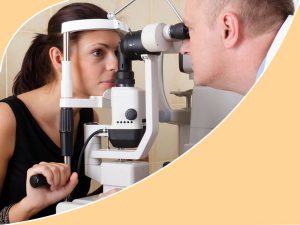Catheters are now considered as one of the most useful medical-tools of the era. They are hollow tubes that are inserted within bladder for free draining of urine. If you are experiencing any trouble in urination then your doctor will insert a catheter inside your bladder for emptying the organ.
Commonest reasons of using catheters:
It is really safe using catheters for urine drainage. Some of the most prominent reasons that are being satisfied by these tools are as follows:
- Urination during severe conditions especially multiple-sclerosis or strokes can be tackled efficiently by catheters.
- Spinal-injuries sometimes create great obstacles in urination. In this case only this tool can help out the patients.
- After any major or critical bladder-surgery especially urinary-tract or bowel surgery it is very much essential using the concerned tool for flushing-out urine smoothly and easily.
- After urinary-retention episodes bladder can be effectively relaxed by means of using catheters.
- Diabetes complications are extremely dangerous and these complications mostly affect patient’s urinary-process. During this time only catheters can be the tool that can give acute relaxation to the patients.
- There are certain serious kinds of conditions where nerves supplying the bladder get badly affected. Patients can be pulled out from this situation only with the help of catheters.
Only experienced and licensed medical-professionals especially nurse or doctors are allowed using the tool safely. Therefore, using catheters is completely a clinical procedure and it cannot be practiced at home. If you are taking any blood-thinning drugs then you should let your doctor know about the same so that he can plan the medical-procedure accordingly. Even if you have taken BCG vaccine recently then also you should inform the doctor.
Major types:
- Indwelling catheters: These catheters have many names like Foley-catheters, suprapubic-catheters and urethral-catheters. They are the commonest of all and they usually reside within bladder. Doctors are now using these catheters both for long and shot tenures as per patient-requirements. They are inserted either through abdominal-hole or through urethra. Tube-sliding can be prevented by means of adding tiny balloon towards tool-end. The balloon needs to be deflated while taking out the tool.
- Short-term catheters: These catheters are popularly called intermittent catheters and they are usually utilized after surgery for a shorter tenure in order to drain away the urine. Sometimes, these catheters are also called in-and-out catheters as they are removed shortly after usage. You can even use these catheters at home but it is advisable using the too, only under the supervision of any experienced and skilled professional.
- External catheters: These are condom-catheters and they are used outside patients’ body. These devices are used especially for those patients who have mental-issues especially dementia. These catheters are really very much flexible and non-irritable in nature but they need to be used carefully for avoiding infections. Many popular medical-brands are now making these catheters.
These are the three major categories of catheters that are now getting used by medical-professionals especially for serving varied clinical purposes. Before using catheters, you doctor will instruct you few instructions and you have to follow them on a sincere note in order to avoid unwanted complications or side-effects. If you are undergoing any breast cancer treatment then you should produce the reports of the same to your doctor before the usage of catheters.


